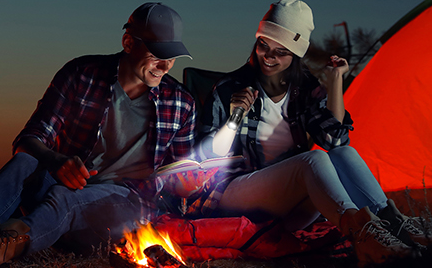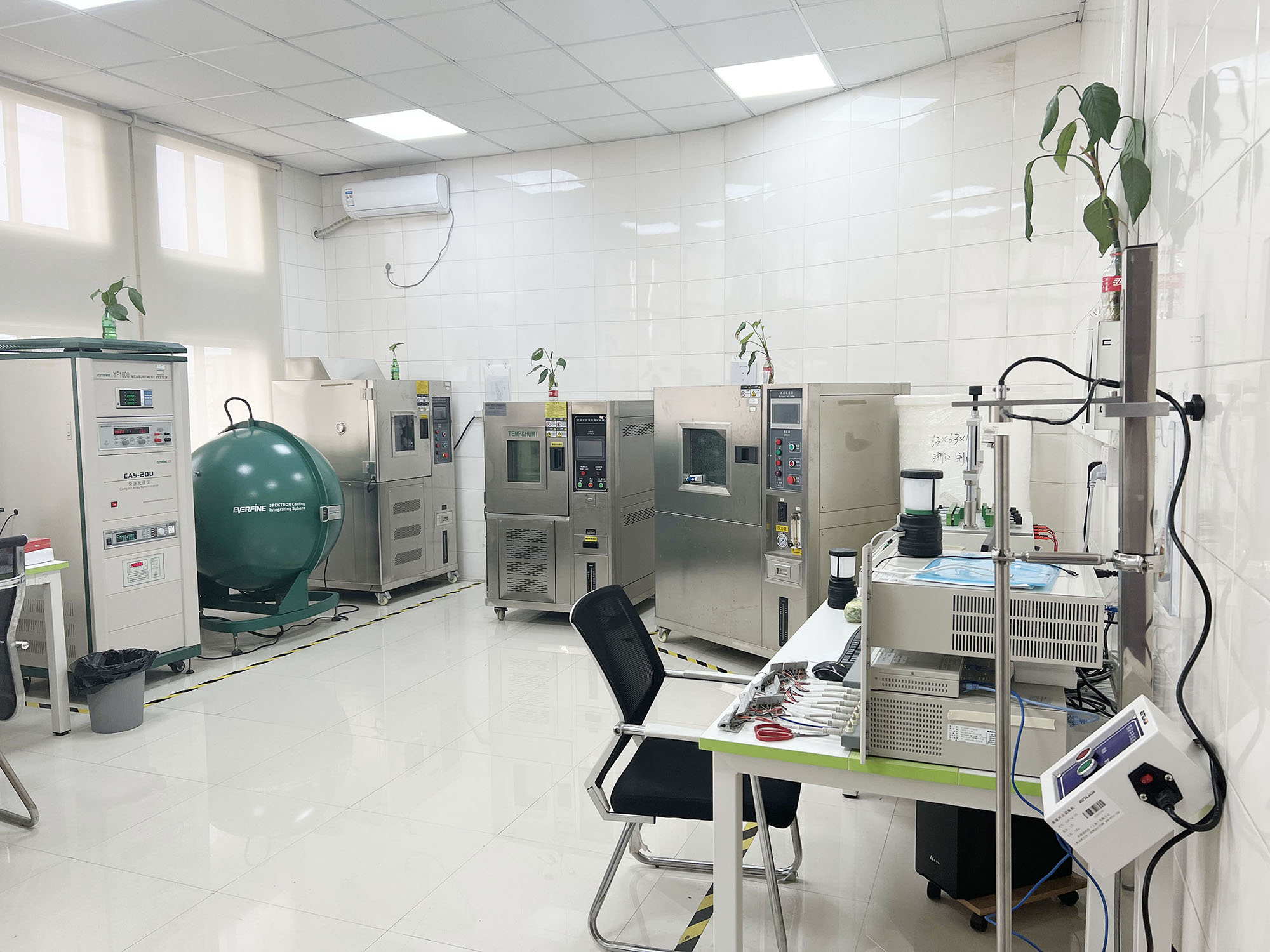
Certifications ensure that your outdoor flashlight meets safety and performance standards. They validate features like durability, water resistance, and compliance with regulations. Whether you’re using a High Lumen Rechargeable Waterproof Aluminum Spotlight Flashlight or an SOS rechargeable LED flashlight, certified products offer reliability. A rechargeable flashlight with the appropriate outdoor flashlight certifications guarantees safety in challenging environments.
Key Takeaways
- Certified outdoor flashlights are safe and dependable in tough places.
- Check for ANSI/NEMA FL-1 for brightness and IP ratings for water and dust safety.
- Always confirm certifications on the box or official sites to avoid fake products and get good quality.
Overview of Outdoor Flashlight Certifications
What are outdoor flashlight certifications?
Outdoor flashlight certifications are official validations that confirm a flashlight meets specific safety, performance, and quality standards. These certifications are issued by recognized organizations or regulatory bodies after rigorous testing. They assess various aspects such as durability, water resistance, electrical safety, and environmental compliance. For example, certifications like ANSI/NEMA FL-1 focus on performance metrics, while IP ratings evaluate protection against dust and water.
When you see a certified flashlight, it means the product has undergone thorough evaluation to ensure it performs reliably in outdoor conditions. These certifications act as a seal of trust, helping you identify products that meet industry standards. Whether you’re hiking, camping, or working in hazardous environments, certified flashlights provide peace of mind.
Why are certifications essential for outdoor flashlights?
Certifications play a crucial role in ensuring your safety and the flashlight’s reliability. Outdoor environments often expose flashlights to harsh conditions like rain, dust, and extreme temperatures. A certified flashlight guarantees it can withstand these challenges without compromising performance. For instance, IP-rated flashlights ensure protection against water and dust, making them ideal for outdoor use.
Moreover, certifications help you avoid substandard products that may pose safety risks. They also ensure compliance with legal and environmental regulations, such as RoHS, which restricts hazardous substances. By choosing flashlights with outdoor flashlight certifications, you invest in a product that delivers consistent performance and durability.
Key Outdoor Flashlight Certifications

ANSI/NEMA FL-1: Defining flashlight performance standards
The ANSI/NEMA FL-1 certification sets the benchmark for flashlight performance. It defines key metrics such as brightness (measured in lumens), beam distance, and runtime. When you see this certification, you can trust that the flashlight has undergone standardized testing. This ensures consistent performance across different brands and models. For outdoor enthusiasts, this certification helps you compare products and choose one that meets your specific needs.
IP Ratings: Dust and water resistance explained (e.g., IP65, IP67, IP68)
IP ratings measure a flashlight’s ability to resist dust and water. The first digit indicates protection against solid particles, while the second digit shows water resistance. For example, an IP68-rated flashlight offers complete dust protection and can withstand submersion in water. If you plan to use your flashlight in rainy or dusty environments, checking the IP rating ensures it will perform reliably.
CE Marking: Compliance with European safety standards
The CE marking signifies compliance with European Union safety, health, and environmental standards. This certification ensures the flashlight is safe for use and meets legal requirements in Europe. If you purchase a flashlight with this marking, you can trust its quality and adherence to strict regulations.
ATEX Certification: Safety in explosive environments
ATEX certification is essential for flashlights used in hazardous areas with explosive gases or dust. This certification ensures the flashlight will not ignite flammable substances. If you work in industries like mining or chemical processing, an ATEX-certified flashlight is a must-have for safety.
RoHS Compliance: Restricting hazardous substances
RoHS compliance ensures the flashlight does not contain harmful substances like lead, mercury, or cadmium. This certification promotes environmental sustainability and protects your health. By choosing RoHS-compliant flashlights, you contribute to reducing toxic waste.
UL Certification: Ensuring electrical safety
UL certification guarantees the flashlight meets rigorous electrical safety standards. It ensures the product is free from electrical hazards, such as short circuits or overheating. This certification is especially important for rechargeable flashlights, as it ensures safe charging and operation.
FCC Certification: Compliance with communication standards
FCC certification applies to flashlights with wireless communication features, such as Bluetooth or GPS. It ensures the device does not interfere with other electronic equipment. If you use a flashlight with advanced features, this certification confirms its compliance with communication standards.
IECEx Certification: Safety in hazardous areas
Similar to ATEX, IECEx certification ensures safety in explosive environments. It is recognized internationally and guarantees the flashlight can operate safely in areas with flammable gases or dust. This certification is crucial for professionals working in global industries.
Dark Sky Certification: Promoting environmentally friendly lighting
Dark Sky certification focuses on reducing light pollution. Flashlights with this certification minimize glare and unnecessary light emissions. If you care about preserving natural night skies, choosing a Dark Sky-certified flashlight supports this cause.
Benefits of Using Certified Flashlights
Enhanced safety and reliability
Certified flashlights provide a higher level of safety and reliability. These products undergo rigorous testing to meet strict standards, ensuring they perform as expected in challenging conditions. For example, certifications like UL and ATEX confirm that the flashlight is safe to use in environments with electrical or explosive hazards. This reduces the risk of accidents, such as overheating or sparking.
When you choose a certified flashlight, you can trust its ability to function consistently. Whether you’re hiking in the rain or working in a dusty environment, certified flashlights offer peace of mind. They are designed to withstand harsh conditions without compromising performance.
Compliance with industry and legal standards
Outdoor flashlight certifications ensure compliance with industry and legal standards. Certifications like CE marking and RoHS compliance demonstrate that the flashlight meets safety and environmental regulations. This is especially important if you plan to use the flashlight in regions with strict legal requirements, such as the European Union.
By choosing certified products, you avoid potential legal issues and support environmentally responsible manufacturing. These certifications also reflect the manufacturer’s commitment to quality and adherence to global standards.
Improved performance and durability
Certified flashlights deliver superior performance and durability. Standards like ANSI/NEMA FL-1 and IP ratings validate key features such as brightness, runtime, and water resistance. This ensures the flashlight can handle demanding outdoor activities, from camping to emergency situations.
A certified flashlight lasts longer due to its robust construction and reliable components. Investing in certified products saves you money in the long run by reducing the need for frequent replacements.
Risks of Using Uncertified Flashlights

Potential safety hazards
Using uncertified flashlights exposes you to significant safety risks. These products often lack proper testing, which increases the likelihood of malfunctions. For instance, an uncertified rechargeable flashlight may overheat during charging, leading to fire hazards. Poor-quality electrical components can also cause short circuits or electric shocks.
⚠️ Safety Tip: Always verify certifications like UL or ATEX to ensure the flashlight meets safety standards, especially for hazardous environments.
Uncertified flashlights may also fail in critical situations. Imagine being in a remote area during a storm, only to have your flashlight stop working due to water damage. Without certifications like IP ratings, you cannot trust the product’s durability or resistance to harsh conditions.
Poor performance and reliability
Uncertified flashlights often deliver inconsistent performance. They may advertise high brightness levels or long runtimes but fail to meet these claims. For example, a flashlight without ANSI/NEMA FL-1 certification might provide uneven light output or a shorter battery life than expected.
Low-quality materials and poor construction further reduce reliability. These flashlights are more prone to damage from drops, exposure to dust, or extreme temperatures. Investing in uncertified products often leads to frequent replacements, costing you more in the long run.
Legal and environmental implications
Using uncertified flashlights can result in legal and environmental issues. Many uncertified products do not comply with regulations like RoHS or CE marking. This non-compliance may lead to fines or restrictions if you use the flashlight in regions with strict safety laws.
Additionally, uncertified flashlights often contain hazardous substances like lead or mercury. Improper disposal of these products contributes to environmental pollution. By choosing certified flashlights, you support eco-friendly practices and reduce your environmental footprint.
Tips for Verifying Certifications and Choosing Reliable Suppliers
How to check for valid certifications
To verify a flashlight’s certifications, start by examining the product’s packaging or user manual. Most certified flashlights display certification logos, such as ANSI/NEMA FL-1 or IP ratings, prominently. Cross-check these logos with the official websites of the certifying organizations. For example, ANSI or UL often provide databases where you can confirm a product’s certification status.
You should also request a certificate of compliance from the supplier. This document provides detailed information about the certification and testing process. If the supplier hesitates to provide this, consider it a red flag.
Post time: Feb-25-2025
 fannie@nbtorch.com
fannie@nbtorch.com +0086-0574-28909873
+0086-0574-28909873





